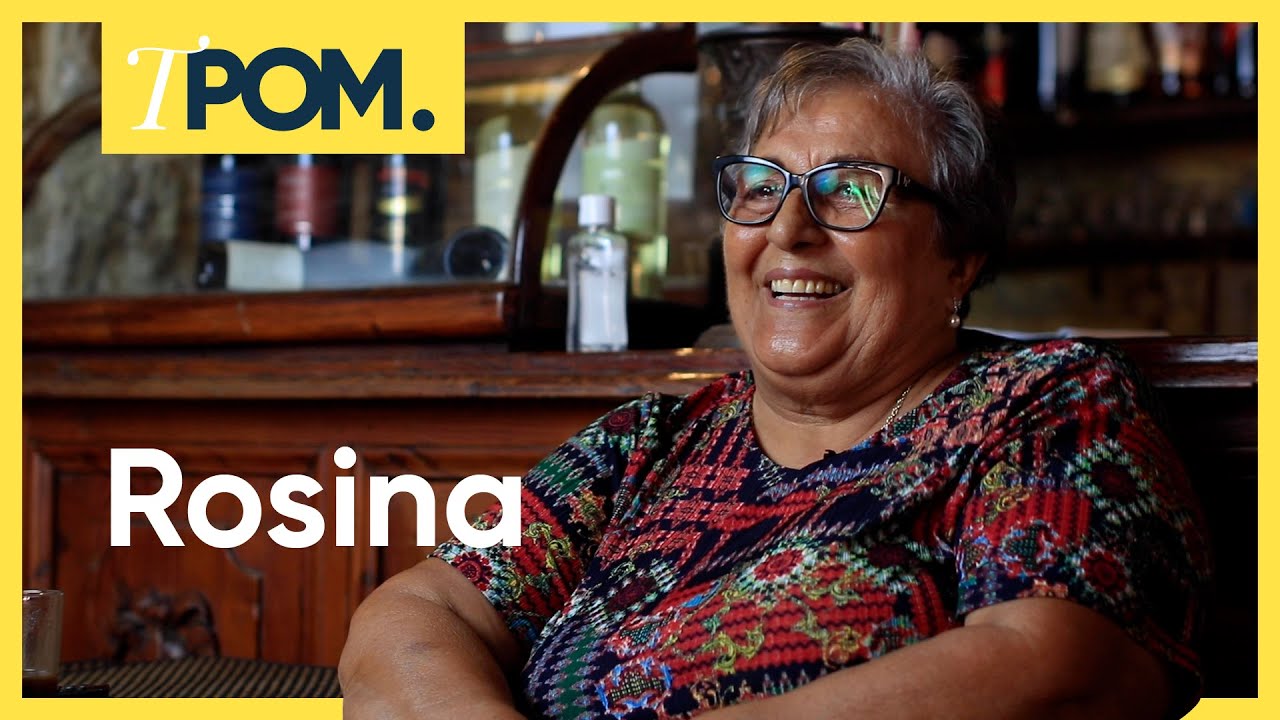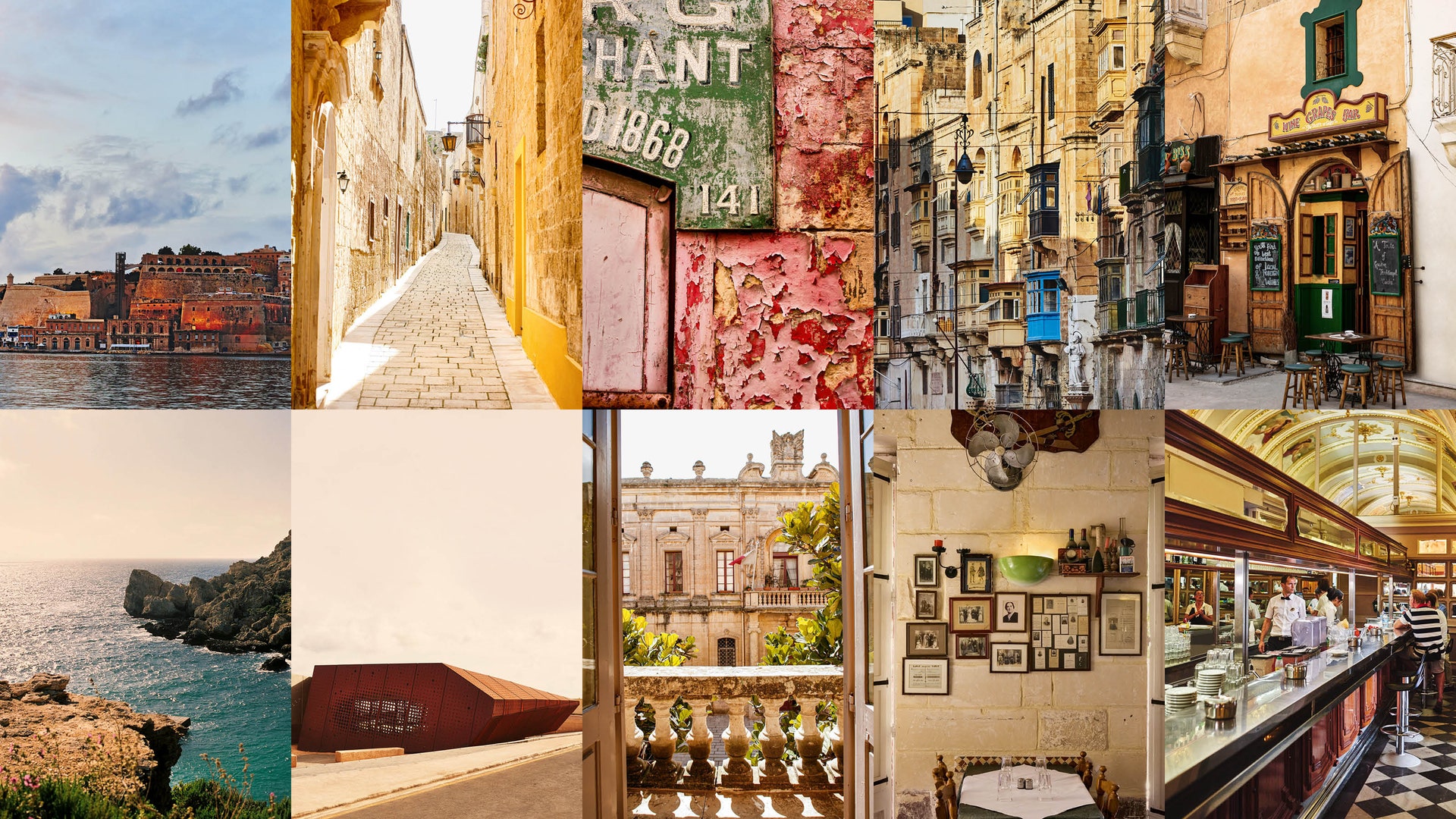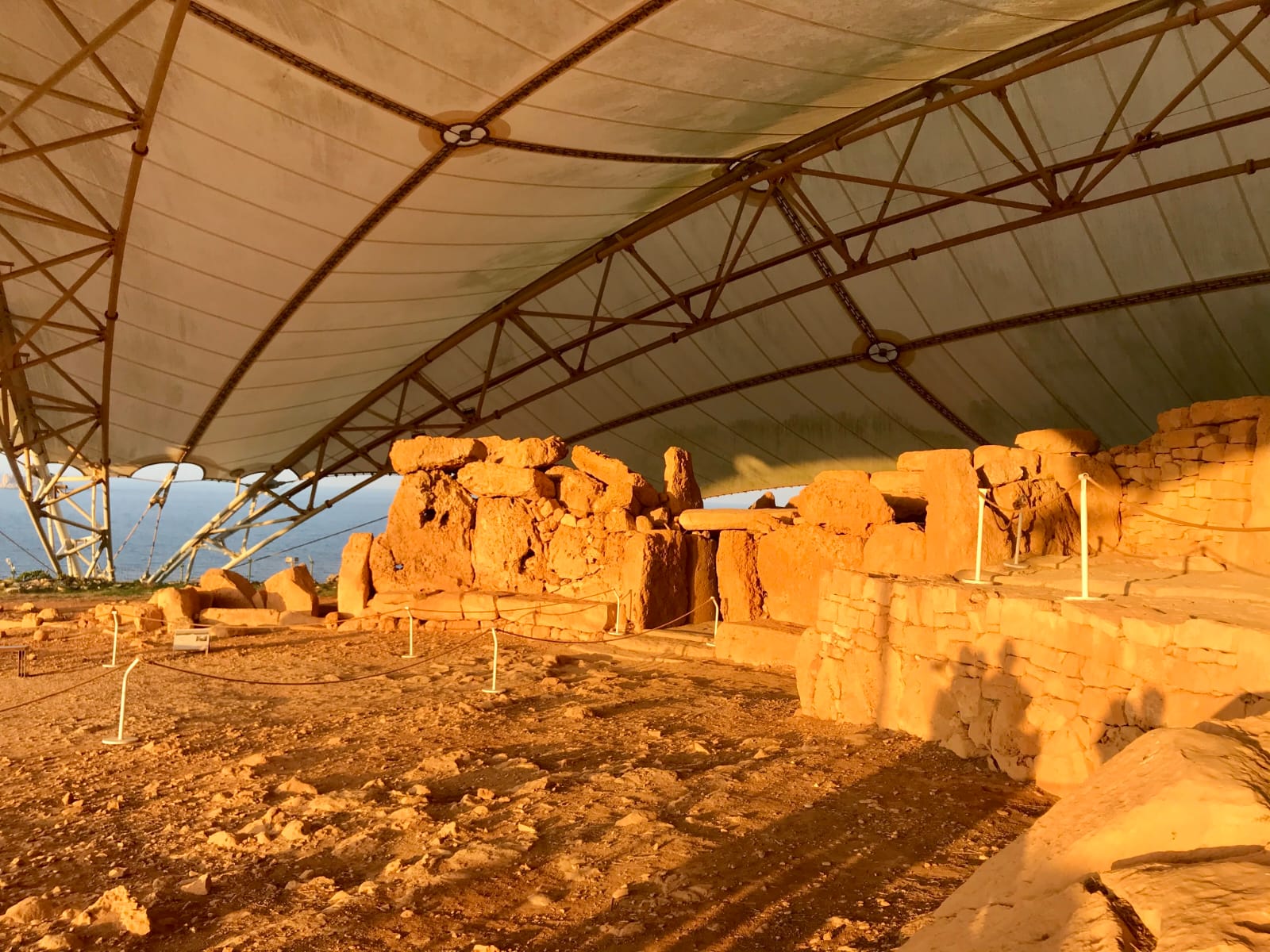If you yearn to let loose, rewild and reawaken your inner goddess to bask in a power that’s your birth right but has been held from your sight, what better way than to immerse yourself in the energies of Malta, Gozo and Sicily, Islands of the Ancient Goddess?
Ancient Goddess worship is a distinct feature of both these Mediterranean Islands. Within prehistoric standing stones and elegant Greek temples, giant female figures and delicate figurines bear testimony to the Goddess worship throughout the islands’ history.
The Goddess is represented in different forms and with different names within the different cultures that colonised the islands, yet the theme remains the same: the feminine is worshipped as a symbol of life and death, creation and destruction, earth and the underworld.
The Greek Aphrodite, Punic Astarte and Roman Venus are associated with love, beauty, pleasure and fertility, as are the Greek Hera and Roman Juno. The Roman Hybla is the Great Mother of humanity and Goddess of Earth with connections to the Underworld, thus relating closely with the Punic Tanit, Goddess of Creation and Destruction, and with Greek Mother Goddess Demeter and her daughter Persephone, who was stolen into the Underworld. Even the Nymph Calypso, who imprisoned Odysseus with her love, had the power to grant eternal life.
That the characters and roles of these Greek, Punic and Roman Goddesses seem to overlap is very interesting, especially when one considers that several of the Maltese figurines are actually headless. While the placement and removal of the heads may have had significance in the ceremonial ritual, one cannot help wonder if, perhaps, all of these goddess representations are one and the same Divinity with different faces. And that every woman has all of these powers within her, depending which face she chooses to wear.
Was the female’s magnificence diminished by the emergence of patriarchy, when the masculine overcame the feminine, regarding its wild varied nature as incomprehensible and therefore dangerous? It is well-known that several ancient cultures were matriarchal, where the male was subordinate to the female, and this is also reflected in almost a complete absence of places of worship for male gods in prehistoric, Greek, Punic and Roman times. But by contrast, matriarchal societies did not demean the male. He was seen as an essential contributing factor to the creation of life and became associated with the changing seasons.
In the Christian tradition, Eve was created from Adam’s own rib. But other references in the Bible offer reason to conclude that this was only after Lilith, who had been made from the same soil as Adam, rebelled when Adam tried to exercise dominance over her. Perhaps there’s an Eve and a Lilith in each of us women. And an Aphrodite and a Demeter and a Persephone.

Perhaps we are the seductress, the mother and the crone all rolled into one. Perhaps it is time to acknowledge, accept and allow all that we are as women, unapologetically. Perhaps it is time to give ourselves permission to step into our innate power and shine.




